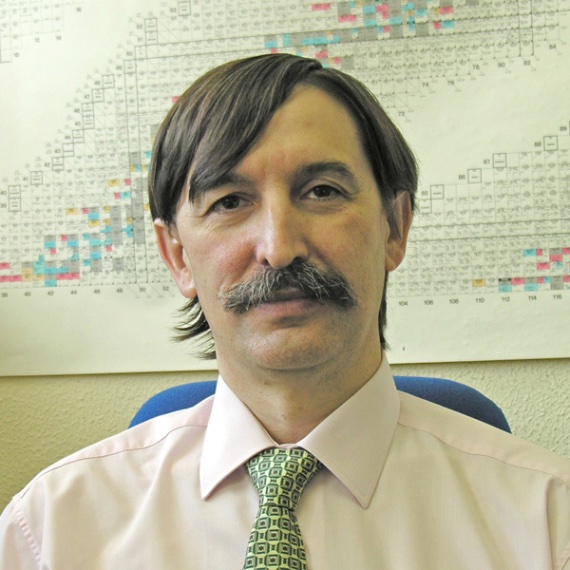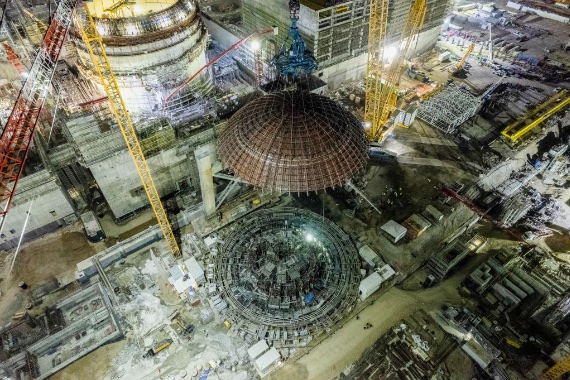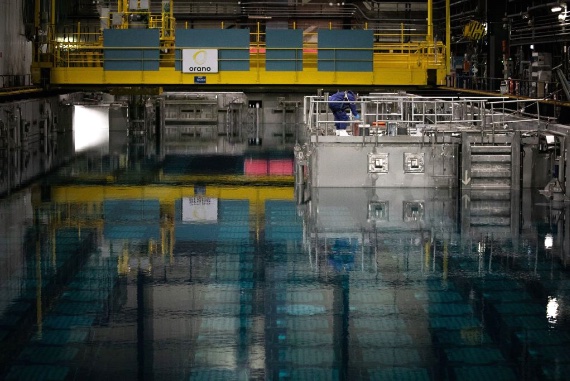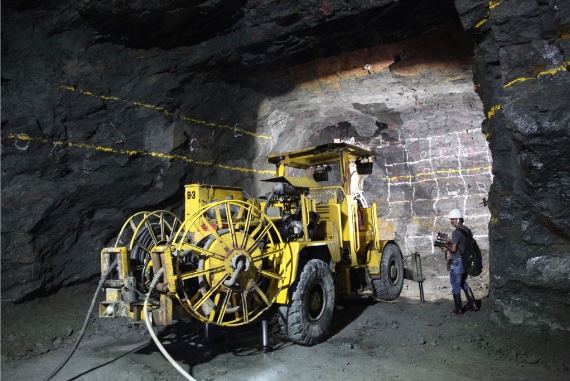When the European Union woke up, Putin’s Russia was still there. Can the EU afford to turn its back on an energy source that was once reviled but is now officially classified as clean energy? Can it achieve its ambitious goals of emissions reductions, renewable energy expansion and energy sovereignty without it? Enrique Miguel González Romero, one of Spain’s leading experts on the subject and Director of the Nuclear Fission Division at CIEMAT (Centre for Energy, Environmental and Technological Research) offers his insight into this dilemma.

Is the bad press about nuclear energy justified?
It is a complex technology, very non-intuitive, with risks that need to be controlled with sophisticated technology, strong oversight and a culture of extreme safety. This contributes to widely varying public opinion depending on the country, its energy needs and resources, its industrial positioning and government policy. In general, public opinion is better informed and support is greater in countries where it makes a significant contribution to their energy mix. Nuclear energy is and has been the largest energy source with low CO2 and greenhouse gas emissions for more than 40 years. Even taking into account all the processes of construction, generation, decommissioning and waste management, its emissions per kWh are as low as the lowest of the renewables.
Will the inclusion of nuclear power in the EU’s taxonomy of green energy, the economic crises and energy dependence prolong its use?
These can help the public and funding agencies to recognise these characteristics and to consider its use in the energy transition to be ethically acceptable. In a situation of global energy supply uncertainty, with high fossil fuel price volatility, the characteristics of nuclear energy make it a powerful and available tool to manage the present and the short- and medium-term future, without abandoning the medium- and long-term energy transition goals.

How can nuclear contribute to this transition and to the European “trilemma” of reconciling sustainable development with economic development and a secure energy supply?
Keeping nuclear power plants in operation throughout the energy transition, until we have proven capacity to replace them with emission-free sources, is a safe, efficient and competitive way to reduce emissions and our strategic dependence on oil and gas, which, as the war in Ukraine shows, not only contributes to climate change, but can also severely impact the economy and jeopardise the energy supply needed to maintain living standards and productivity. The need for nuclear facilities is likely to increase over time with the trend towards the electrification of industries and processes, and by the replacement of fossil fuels with synthetic fuels or hydrogen, which will significantly increase electricity consumption. International agencies now tend to include nuclear power among the necessary components of the fight against climate change in the coming decades.
What are the pros and cons of nuclear power playing such a role in the transition?
Nuclear reactors in operation are readily available and use proven technologies, resulting in low generation costs and low emissions. They provide security of supply and energy independence, which helps to stabilise the market, and will be increasingly well suited for combined operation with renewables. The downsides are more related to the new construction needed to meet expected demand. The challenge, if current techniques continue to be used, is to control construction costs and lead times in Europe. Hopes are pinned on the new Small Modular Reactor (SMR) models, and on the success of reactor construction in other regions.

What developments are involved in this new generation of reactors?
Once the first units have been developed, there will be a significant reduction in both the construction time and the financial and construction costs, as the reactors will be largely manufactured in a central factory, minimising the number and complexity of on-site operations. Their lower power and passive-safety designs make them safer, with fewer safety requirements in the surrounding area. Some, such as Mitsubishi Electric’s SMR-160, use the same basic technology as today’s reactors and are expected to be commercially available in less than 10 years. There is a major worldwide R&D effort on other SMR designs and fourth generation reactors, with more radical changes, such as molten salt reactors or fast reactors cooled by liquid metals or gas. These will take a little longer, but will bring benefits in terms of plant safety and off-site risk reduction. They will also use new fuels made from spent fuel, i.e. from current, past and future waste, which will dramatically reduce the amount of radioactive waste in permanent storage and enable more sustainable nuclear energy in the long term. The design of High Temperature Reactors (HTRs), optimised to provide heat for various industries or to produce synthetic fuels, is also progressing. All these designs have the advantages of low emissions, long refuelling times—in some cases decades—and autonomy, security of supply and greater independence by reducing the need for new uranium. They are flexible enough to work alongside variable renewables and the production of green hydrogen.
Will we see them in Europe?
Based on the investments by both reactor manufacturers and some European and other governments, it is very likely that in the next 10 years we will see advanced Generation III reactors, similar to today’s reactors, and SMRs in France, the UK, Finland and Slovakia. And some HTRs, possibly in Poland. It is also very likely that within 15 years we will see prototypes or demonstrators of SMRs or Generation IV reactors adapted to reuse spent fuel, closing the cycle and minimising the need for waste management and resources for new fuel. Some of these demonstrator reactors will be built in Europe, others in Asia or North America.

When this new generation of reactors comes on stream, will the availability of uranium become a bottleneck?
Known uranium reserves at an acceptable price are sufficient for 90 years. If demand were to rise considerably, mines could be developed and reserves could be significantly increased, but at a higher cost of extraction. The amount of nuclear power in operation is growing every year, but increases in burnup and reactor efficiency compensate for this, resulting in stable overall uranium consumption. There are other secondary sources, such as stockpiles in China, the rest of Asia, the EU and the US, sufficient for about four years of supply. Uranium processing and fuel fabrication capacity will need to be gradually increased, but this should not be a problem as the reactor construction period is long enough to forecast and adjust the commercial capacity of this industry. In fact, the supply of uranium is much more secure than the supply of certain other materials needed for some renewable energy and storage systems. Moreover, new reactor designs are capable of reusing existing waste and their own spent fuel to make new fuel, which would increase effective reserves by a factor of up to 30 times. The fuel supply would be virtually inexhaustible.
Comments on this publication